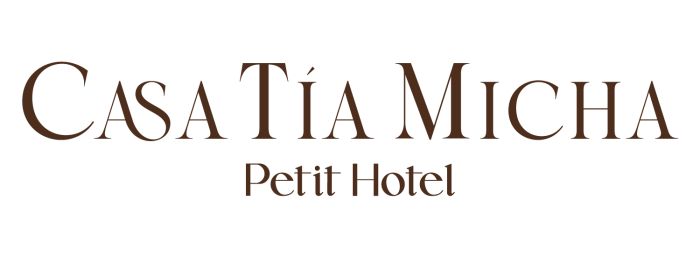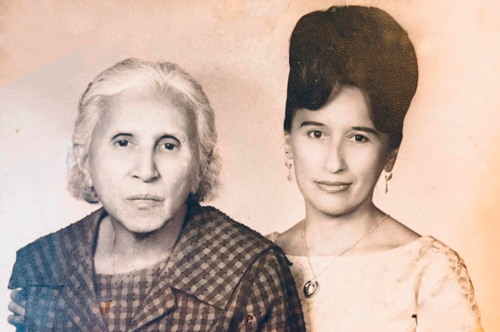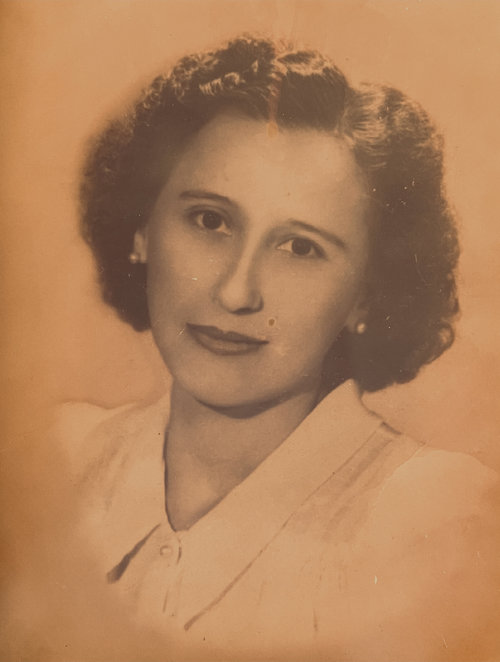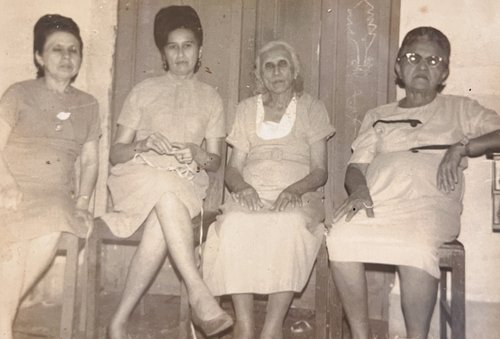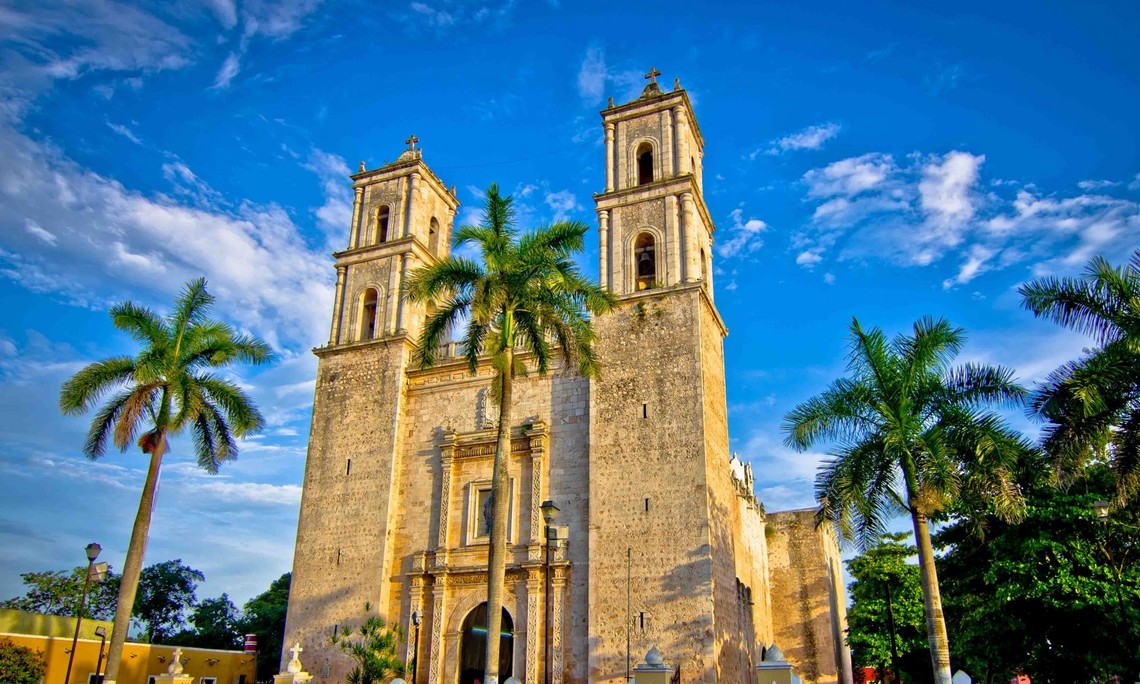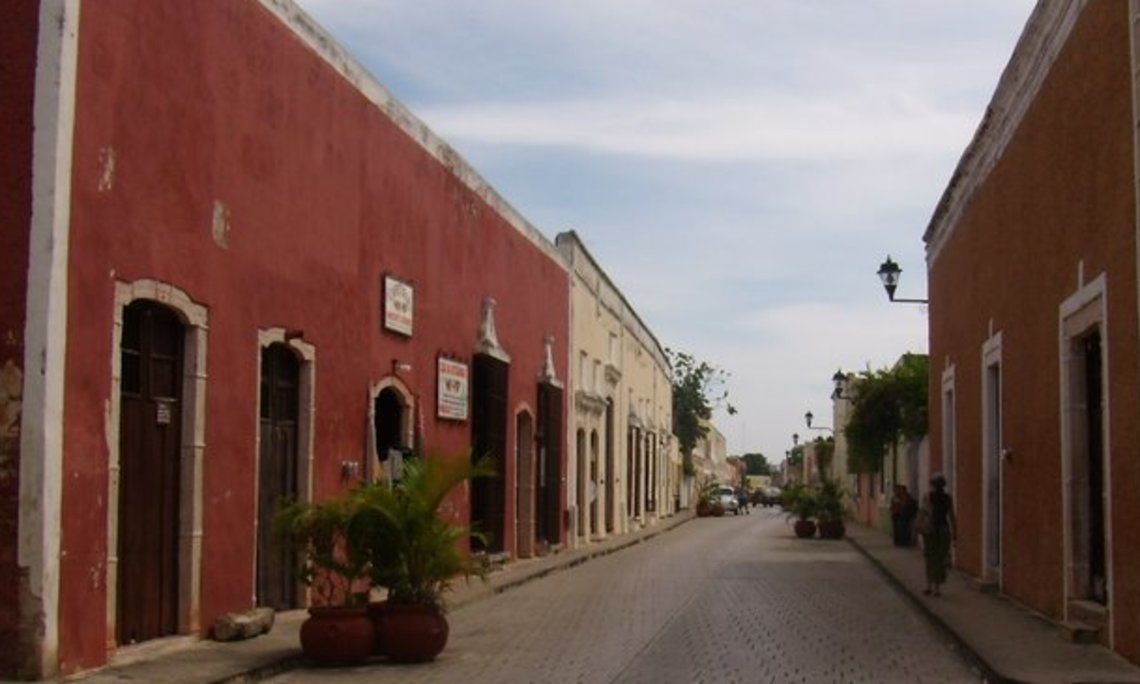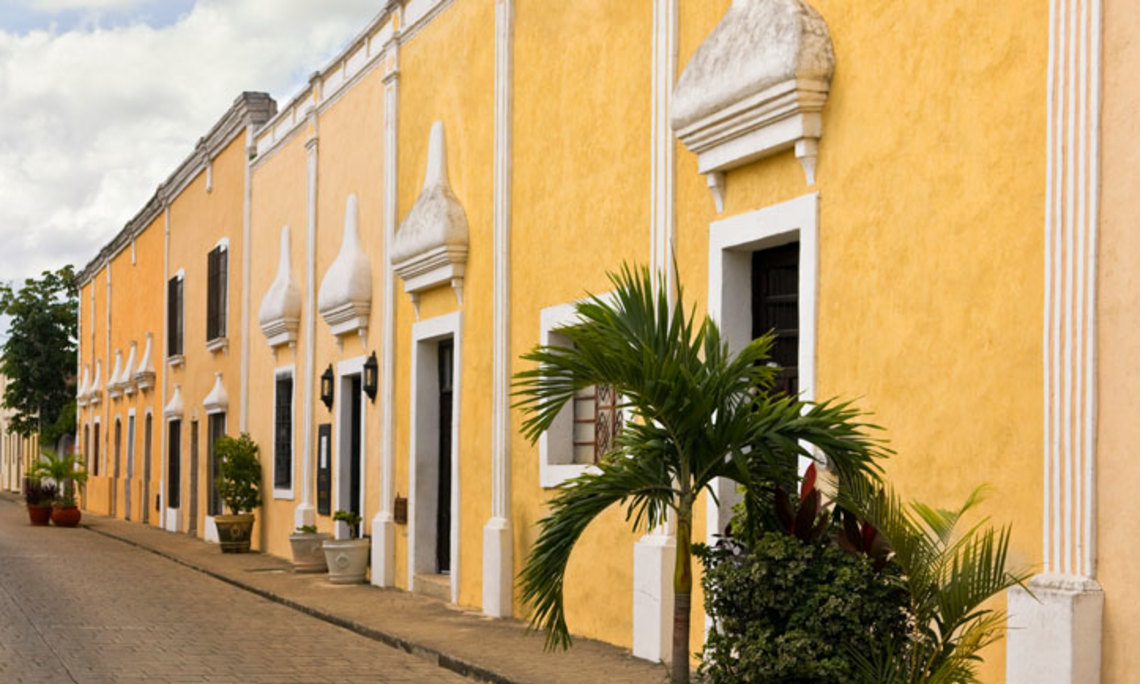HOTEL HISTORY
La Casa Tía Micha was so named because it was the home of Doña Emilia Irene Novelo Torres, who was characterized for being a noble, helpful, protective, warm and loving woman; Attitudes forged in her when she was left in charge of her 4 younger siblings after the untimely death of her mother. This fostered the affection of family and friends who affectionately called her "Tia Micha".
The house has belonged to the family for several generations, so the original architecture and objects that have been part of the family for years are still preserved.
The name of the house and the naming of the rooms is the result of the search for the inheritance learned from our ancestors: the love for the family and our beautiful city of Valladolid. Each of the rooms at Casa Tía Micha has a special charm and the decoration alludes to the sober colonial style characteristic of Valladolid.
Casa Tía Micha, is a cozy hotel of natural inspiration that provides lodging services where warmth, personalized treatment and privacy predominate, ideal for people looking for a stay out of the conventional.
What to do in valladolid?
Valladolid is the second most important city in the state and undoubtedly the most important city in eastern Yucatan. In ancient Mexico, the city of "Zaci" was an important population center of the Mayan civilization. Zaci was located at the crossroads of the "Sacbeh", which is the road system the Maya built to connect their cities. These roads brought pilgrims and traders from Chichén Itzá, Ek Balam, Cobá or Yaxunah.
Valladolid y sus barrios
-La Candelaria neighborhood
-Santa Lucía neighborhood
-Santa Ana church
-San Juan church
-Exconvent of San Bernardino
Each one of them maintains its own traditions and customs, which means that there are thousands of stories to tell.
Most of the churches were built in the 16th century and their architecture remains completely intact.
La Calzada de los Frailes, is a 5-block alley where you will enjoy a colonial and provincial atmosphere, safe and cozy, colorful and full of stories that will captivate your emotions and senses.
Cenote Zací
Zací means "white hawk" in Maya. This was the name of the Mayan Site where in 1543 Valladolid was founded.
It is one of the open pit cenotes, perharps the largest and most impressive of the peninsula.
The cenote Zací is into Valladolid, only two blocks of the Hotel Casa Tía Micha.
Cenotes Dzitnup (Xkeken y Samula)
Two kilometers west of the city are the charming and refreshing water springs popularly called "Cenotes Dzitnup", also known as "La Cueva Azul" (The Blue Cave). There you will find two beautiful cenotes whose subway beauty is unique and unquestionable: Cenote "Xkekén" & Cenote "Samuul Ha".
The sun penetrates through a small natural inlet at the top of the dome, illuminating the interior and creating an amazing image with the reflection of the water.
Sites not to be missed!
Rio Lagartos & San Felipe
Natural paradise of the Mayan world. The trips are made through the natural reserve of the biosphere, an area protected by the Federal Government for its abundant nature and beautiful landscapes.
You will be able to see flamingos and more than 100 species of birds, you can hire private boat transportation and spend a day of total relaxation and tranquility.
You must visit the town and eat in its restaurants, the best seafood in the state!
Only 100 kilometers north of the city.
Ek Balam
Ek Balam is a Mayan archaeological site in Yucatan, Mexico. It is located 23 km north of our city of Valladolid, 2 km from the Mayan village of Ek Balam. In Yucatec Maya, eek 'Baalam means "black Jaguar" (Ek, black, Balam, jaguar). From the year 300. C. until the arrival of the Spaniards. The human settlement in Ek Balam grew to about 12 km2, which included a sacred central space of 1 km2, where he lived the élite.
This small central area was protected by three walls. It was a very rich Mayan capital called Talol that had been founded by Éek'Báalam (dark jaguar) or Coch CalBalam. He dominated a densely populated region. In the early years of the eleventh century, possibly a foreign invasion underwent itzáes power centers and Yaxuná. Ek Balam;
Most of the buildings are from the late classical period. The entrance to this site protected by two walls begins with a magnificent Mayan arch, then the buildings of the ceremonial center, the oval palace and a Mayan ball game good size.
Coba & Punta Laguna
Coba means "Muddy Waters." This city became one of the most important of the Mayan civilization in the Yuacatan Peninsula and reached its peak during the years 600-900 AD. This site is located in the neighboring state of Quintana Roo but very close to Valladolid, only 50 km.
Nearby you can visit Punta Laguna, belonging to the city of Valladolid. This beautiful and very natural site is home to more than 300 species of birds and animals, one of them is the darling: The Spider Monkey.
Very close by, they have made the traditional Mayan altar that consists of three crosses of different sizes, beautifully dressed with small huipils and protected from the elements by a palm roof.
Chichen Itza
The sacred city of the Itzaes is located 40 kilometers (20 min. by car) from the city of Valladolid. The archaeological site was registered in 1988 on the UNESCO World Heritage list, and on July 7, 2007 it was recognized as one of the New Seven Wonders of the World.
The pre-Hispanic city of Chichén Itzá was the most outstanding capital of the Mayan area, at the end of the Classic period and beginning of the Postclassic. Upon the arrival of the Spanish, it was the most revered center of worship and pilgrimage in the Yucatan Peninsula. Currently it is a Sacred Center for the Mayans.
